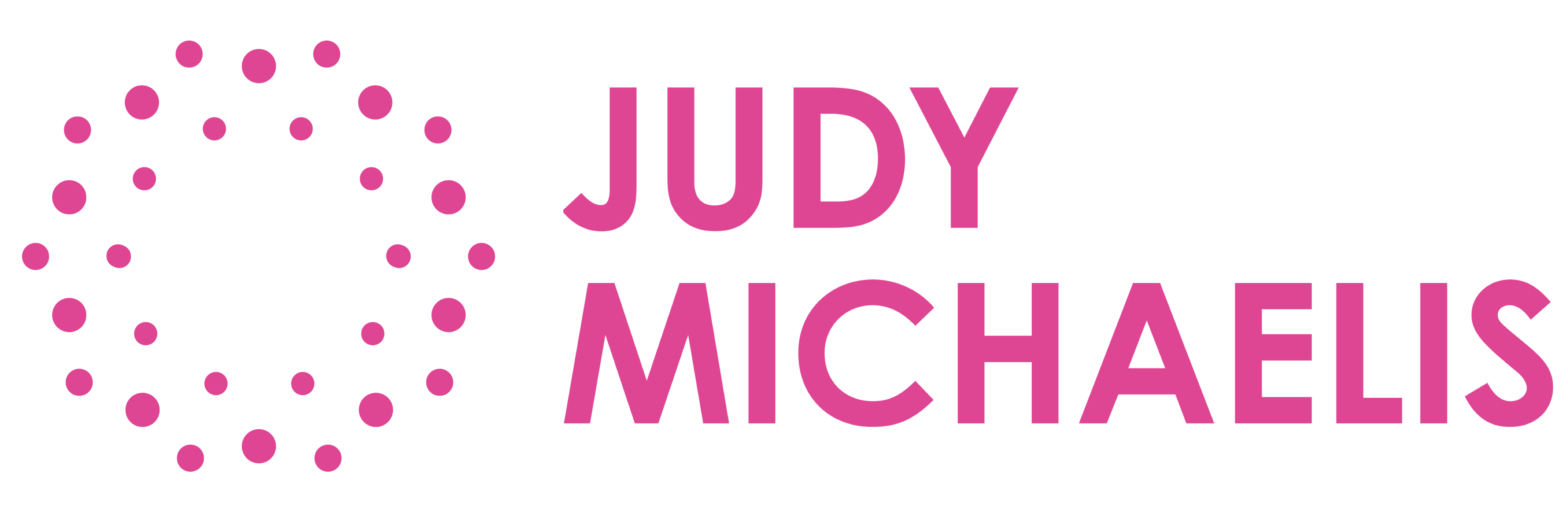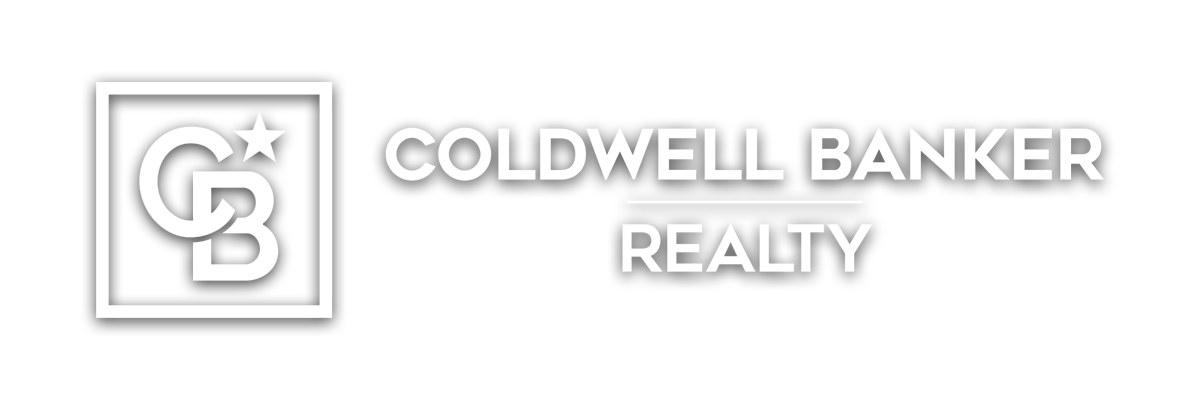Norwalk, Connecticut Real Estate Market Trends (2006-2024)
A comprehensive analysis of single-family home sales data from 2006 to 2024
Executive Summary
This report analyzes 19 years of residential real estate data for Norwalk, Connecticut, covering the period from 2006 to 2024. The analysis reveals significant market trends, including the impact of the 2008 housing crisis, the COVID-19 pandemic boom, and recent market shifts. Key findings show that while home prices have increased substantially over the last decade (with a 10-year CAGR of 6.41%), the market has experienced various cycles of acceleration and deceleration. The data also highlights how the relationship between list prices and sale prices has fundamentally changed in recent years, with homes frequently selling above asking price since 2021.
Listings Sold and Days on Market (2006-2024)
The table below shows the number of single-family homes sold each year and how long they typically stayed on the market before selling. These metrics together reveal market activity and efficiency.
| Year | Listings Sold | Average Days on Market |
|---|---|---|
| 2006 | 759 | 87 |
| 2007 | 604 | 97 |
| 2008 | 424 | 102 |
| 2009 | 440 | 103 |
| 2010 | 510 | 110 |
| 2011 | 441 | 118 |
| 2012 | 515 | 118 |
| 2013 | 635 | 114 |
| 2014 | 598 | 102 |
| 2015 | 652 | 99 |
| 2016 | 697 | 104 |
| 2017 | 661 | 83 |
| 2018 | 675 | 67 |
| 2019 | 643 | 87 |
| 2020 | 829 | 79 |
| 2021 | 862 | 56 |
| 2022 | 703 | 43 |
| 2023 | 539 | 37 |
| 2024 | 515 | 28 |
Key Insights – Market Volume and Efficiency
- 2008 Housing Crisis Impact: Between 2006 and 2008, sales volume dropped 44% (from 759 to 424 homes), showing the severe market contraction during the Great Recession.
- COVID-19 Market Surge: Sales volume increased 29% from 2019 to 2020 and reached an all-time high of 862 homes in 2021, coinciding with historically low interest rates and changing housing preferences.
- Market Efficiency Revolution: The average days on market decreased dramatically from 118 days in 2011-2012 to just 28 days in 2024—a 76% reduction, indicating homes are selling nearly four times faster now than a decade ago.
- Recent Sales Decline: Since the 2021 peak, sales volume has decreased 40% (to 515 homes in 2024), suggesting potential supply constraints rather than waning demand since days on market continue to decrease.
Price Trends (2006-2024)
The table below tracks both average list prices and average final sale prices of single-family homes in Norwalk over the 19-year period. Years where the average sale price exceeded the average list price are highlighted, indicating a significant shift in market dynamics.
| Year | Average List Price | Average Sale Price | Year-over-Year Change |
|---|---|---|---|
| 2006 | $755,053 | $731,681 | N/A |
| 2007 | $729,275 | $701,961 | -4.1% |
| 2008 | $714,548 | $681,448 | -2.9% |
| 2009 | $564,605 | $524,086 | -23.1% |
| 2010 | $599,331 | $563,553 | 7.5% |
| 2011 | $608,737 | $572,085 | 1.5% |
| 2012 | $569,741 | $537,867 | -6.0% |
| 2013 | $583,608 | $559,225 | 4.0% |
| 2014 | $601,108 | $579,016 | 3.5% |
| 2015 | $583,832 | $561,385 | -3.0% |
| 2016 | $612,764 | $589,597 | 5.0% |
| 2017 | $639,002 | $617,490 | 4.7% |
| 2018 | $626,608 | $606,772 | -1.7% |
| 2019 | $619,325 | $598,600 | -1.3% |
| 2020 | $709,073 | $693,512 | 15.9% |
| 2021 | $771,921 | $775,925 | 11.9% |
| 2022 | $810,655 | $835,646 | 7.7% |
| 2023 | $807,214 | $842,685 | 0.8% |
| 2024 | $946,425 | $981,847 | 16.5% |
Key Insights – Price Trends
- Deep Housing Crisis Impact: The market experienced a steep 23.1% price decline in 2009, with average sale prices dropping from $681,448 to $524,086. It took 12 years (until 2020) for prices to fully recover to pre-recession levels.
- Historic Price Reversal: Beginning in 2021 (highlighted rows), a significant market shift occurred—average sale prices began exceeding average list prices for the first time in the dataset’s history. This trend has continued through 2024, indicating a fundamental change in market dynamics.
- Pandemic Price Surge: Home prices increased dramatically during the pandemic, with consecutive annual increases of 15.9% in 2020, 11.9% in 2021, and 7.7% in 2022—a cumulative increase of nearly 40% in just three years.
- Recent Acceleration: After a slower growth year in 2023 (0.8%), prices jumped 16.5% in 2024, pushing the average sale price to nearly $1 million ($981,847)—the highest in the dataset.
Market Cycle Analysis
The Norwalk real estate market has experienced several distinct cycles over the 19-year period:
Pre-Recession Peak (2006-2007)
The market began at a high point with strong sales volume (759 homes in 2006) and high prices, but was already showing signs of cooling with negative price growth.
Great Recession Impact (2008-2012)
The market contracted severely, with prices dropping 23.1% in 2009 alone. This period was characterized by lower sales volume, extended days on market, and volatile, mostly negative price trends.
Recovery Period (2013-2019)
A slow, steady recovery took hold with gradually increasing sales volume and stable, modest price appreciation averaging 2-4% annually. Market efficiency improved moderately during this period.
Pandemic Boom (2020-2022)
The COVID-19 pandemic triggered an unprecedented boom with record sales volume, rapid price appreciation, and dramatically improved market efficiency. The market dynamic fundamentally changed during this period, with sale prices beginning to exceed list prices.
Post-Pandemic Adjustment (2023-2024)
While sales volume has decreased significantly from pandemic peaks, prices continue to rise substantially (16.5% in 2024) and market efficiency remains at historic highs with homes selling in less than 30 days on average. This suggests continued strong demand despite higher prices and interest rates.
Comparative Market Analysis
| Time Period | Avg. Annual Sales | Avg. Days on Market | Avg. Annual Price Change | Price CAGR |
|---|---|---|---|---|
| Pre-Recession (2006-2007) | 682 | 92 | -3.5% | -4.1% |
| Recession (2008-2012) | 466 | 110 | -4.2% | -5.7% |
| Recovery (2013-2019) | 653 | 94 | 1.0% | 1.2% |
| Pandemic Boom (2020-2022) | 798 | 59 | 11.8% | 6.5% |
| Recent Market (2023-2024) | 527 | 33 | 8.7% | 16.5% |
Future Market Outlook
Based on the historical data patterns and current market conditions, several projections can be made about the Norwalk real estate market:
Short-Term Outlook (1-2 Years)
- Supply Constraints Likely to Continue: The pattern of decreasing sales volume despite rising prices suggests persistent inventory shortages that are likely to continue in the near term.
- Price Growth Moderation: While prices may continue to rise, the extreme appreciation rates of 2020-2024 (averaging 10.6% annually) are likely unsustainable and may moderate.
- Days on Market Stability: With homes already selling in under 30 days, market efficiency has likely reached a practical floor and should remain stable.
Long-Term Considerations (3-5 Years)
- Market Cycle Position: The data suggests Norwalk may be nearing the peak of its current cycle, with price growth significantly outpacing historical norms and sales volume declining.
- Affordability Concerns: With average prices approaching $1 million, affordability constraints may begin to impact demand, especially if interest rates remain elevated.
- Potential for Normalization: The market may gradually return to historical norms with more balanced conditions between buyers and sellers, including a return to list prices exceeding sale prices.
Methodology Notes
This analysis is based on single-family home sales data for Norwalk, Connecticut from 2006 through March 31, 2024, compiled from the Smart MLS. The dataset includes annual metrics for listings sold, average days on market, average list price, average sale price, and year-over-year percentage change in sale price. Note that 2025 data (showing 90 sales) represents partial-year data through March 31 and has been excluded from trend analyses.
Data source: Information compiled from the Smart MLS as of March 31, 2024

